There’s never a good time to find out you have cancer. But to find out you’ve had it for a decade? That’s the shocking reality Reddit user SentientDumpsterBaby had to accept when she learned her uterine cancer had gone undetected.
The uterus is part of the female reproductive system and the place where a fetus develops during pregnancy. In this case, however, what emerged was not a baby but a tumor — one she jokingly “delivered” and even christened with a name: Sarcomaleigh.
After the whole ordeal ended, the Redditor launched an “Ask Me Anything” and answered people’s biggest questions about her experience.
 #1
#1
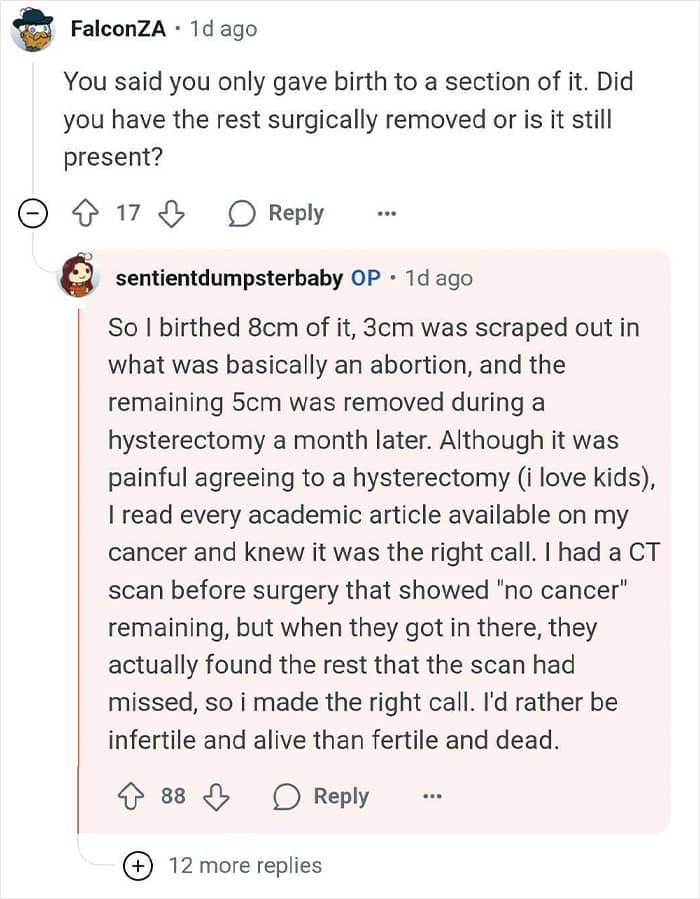
#2

Cancers are frequently missed prior to routine procedures. An analysis of data from 26,444 cases in the 2014-2015 American College of Surgeons National Surgical Quality Improvement Program, provided staggering results:
One in 20 women over age 55 were subjected to surgery for benign indications, but were later found to have malignancies in the main body of the uterus. Nearly one in 10 women over age 55 who underwent total abdominal hysterectomies had hidden corpus uteri cancer.
Overall, prevalence of cancers undetected at the initiation of hysterectomies was almost as high as one in 70. For women who underwent total laparoscopic or laparoscopic-assisted vaginal hysterectomies, the estimated prevalence increased to nearly one in 50.
#3

#4

#5

“We were surprised that the prevalence of occult cancer was higher than some prior estimates,” senior author of the study Cary Gross, who is a professor of medicine and epidemiology as well as the director of the National Clinician Scholars Program at Yale, told The Cancer Letter.
“At the end of the day, we may end up with a helpful clinical guide that suggests which women would benefit from further evaluation to rule out occult malignancy before making decisions about how to operate.”
#6

#7

#8

The same group of Yale researchers later completed a second, much larger study that analyzed data from more than 200,000 women who underwent a hysterectomy between 2003 and 2013.
Drawing from the New York Statewide Planning and Research Cooperative System database, the researchers got similar results: the overall prevalence of occult uterine cancer was one in 100. Up to 1.96 percent of women who underwent total abdominal hysterectomy had undetected uterine cancers. The prevalence rate jumped to 8.64 percent for women with postmenopausal bleeding.
#9

#10

#11

All women undergoing hysterectomies or myomectomies need to receive thorough preoperative workup, especially older women at high risk, according to Robert Mannel, director of the Stephenson Cancer Center at the University of Oklahoma, a group chair of NRG Oncology, and the chair of the Protocol Development Committee for Gynecologic Cancers in the NCI National Clinical Trials Network.
“I think the takeaway that I got from reading … [this study] was very similar to what the author stated and that is, in a postmenopausal woman, you better really make sure that you are very thorough in your evaluation and particularly, if somebody has abnormal uterine bleeding, you really want to make sure,” Mannel explained to The Cancer Letter. “You might need more than just an endometrial biopsy or an ultrasound. That individual may need diagnostic hysteroscopy, something that can be even more sensitive at picking up occult malignancies.”
#12

#13

#14

#15
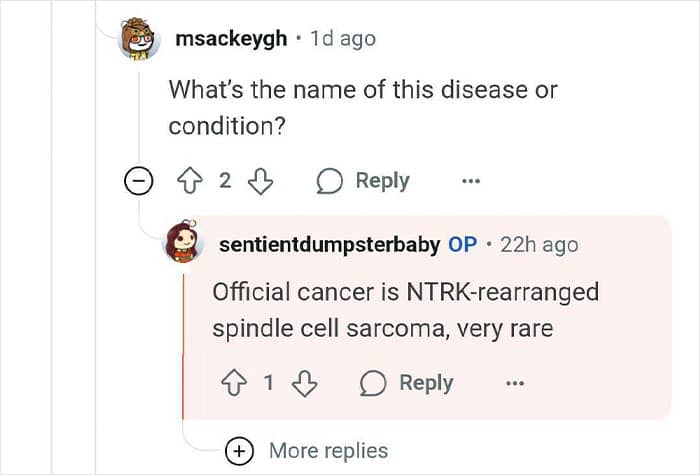
Uterine cancer is a general term that describes cancer in the uterus:
Endometrial cancer develops in the endometrium, the inner lining of the uterus. It’s one of the most common gynecologic cancers — cancers affecting the reproductive system;Uterine sarcoma develops in the myometrium, the muscle wall of the uterus. Uterine sarcomas are quite rare. #16

#17
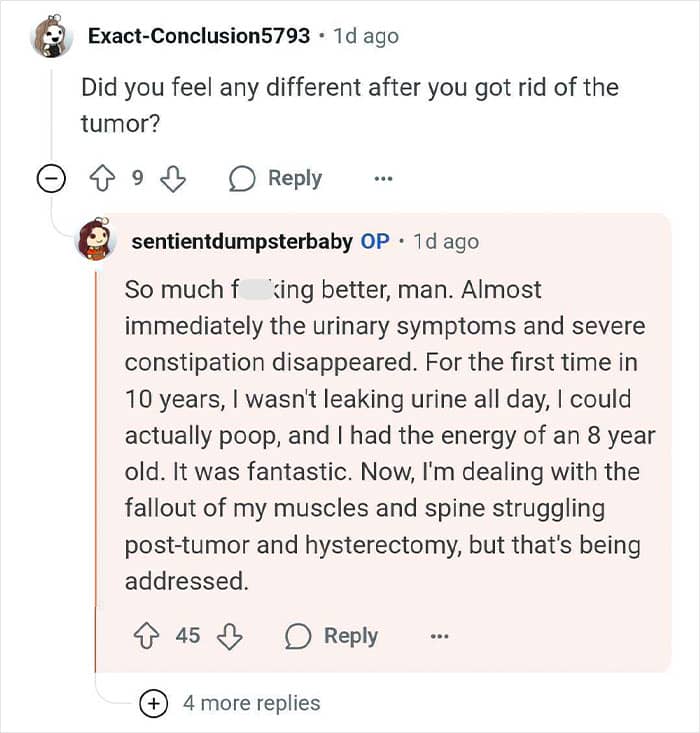
#18
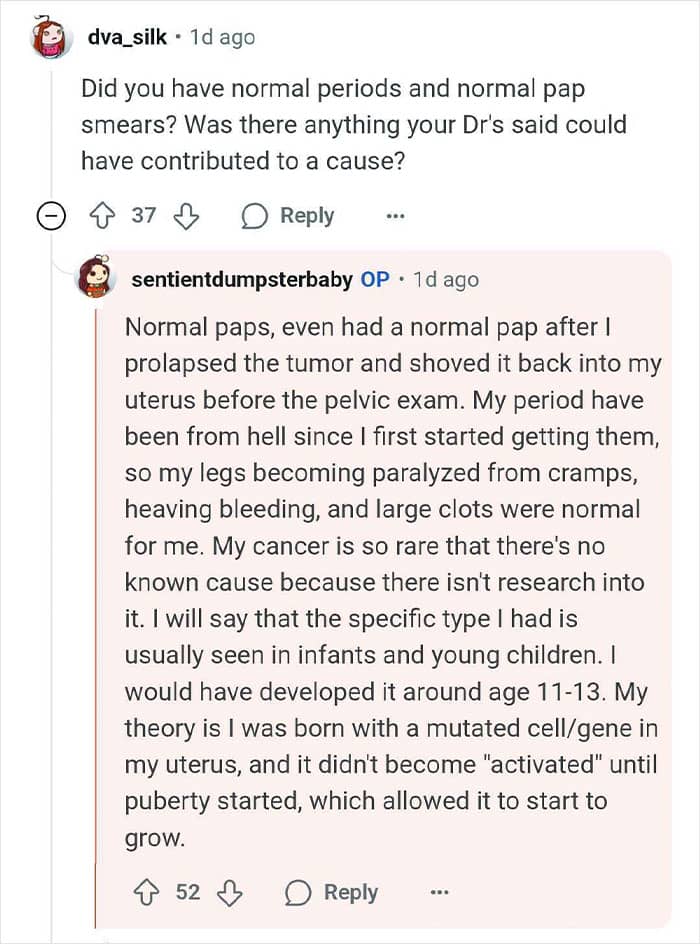
The American Cancer Society estimates that this year in the United States:
About 69,120 new cases of cancer of the uterus will be diagnosed.About 13,860 women will die from cancers of the uterus.
These estimates include both endometrial cancers and uterine sarcomas.
#19

#20

#21

#22

#23

#24
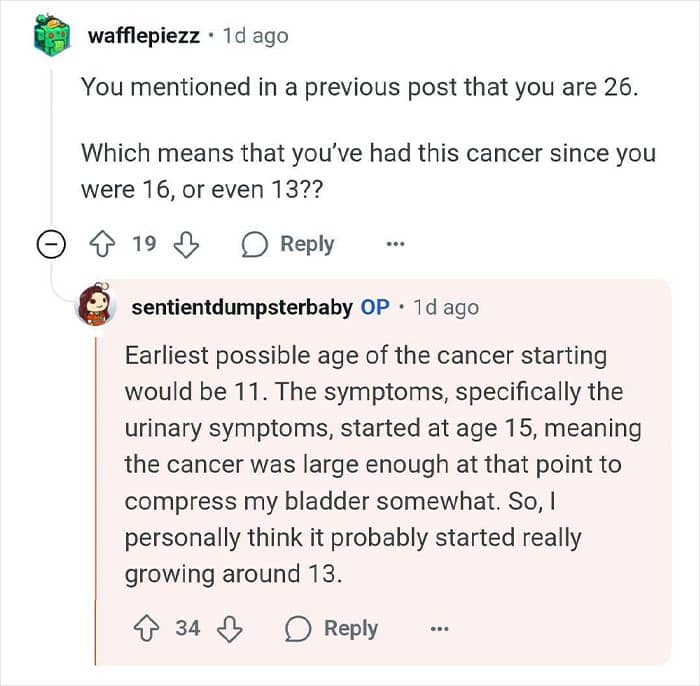
#25

#26

#27

#28

#29

#30
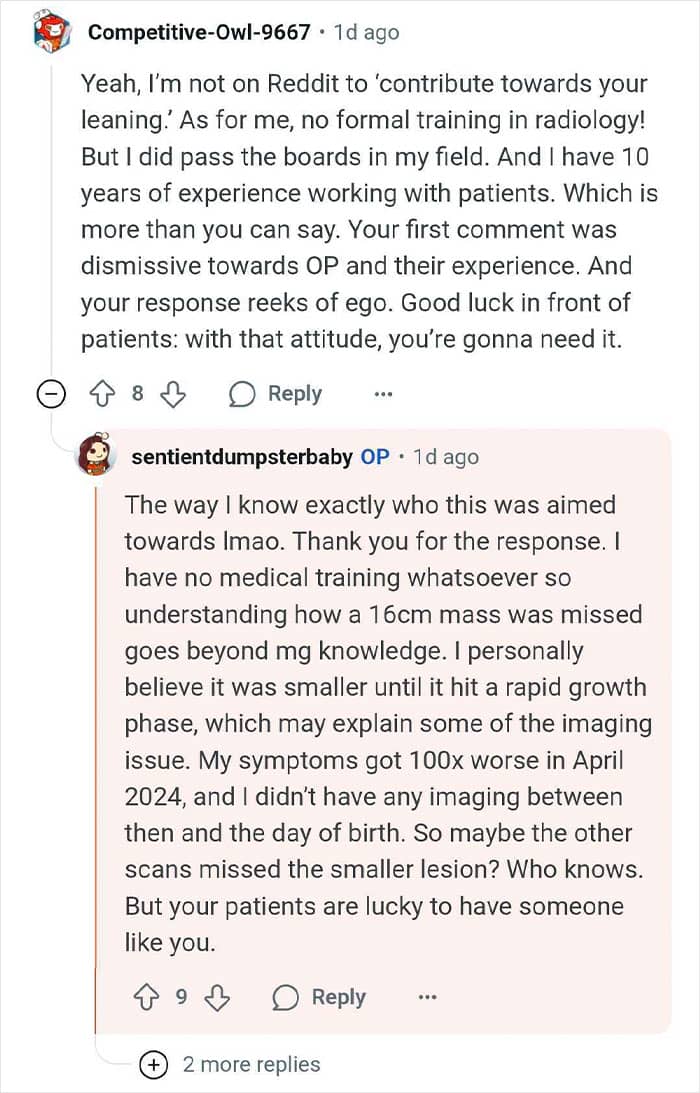
#31

#32

#33

#34

#35

#36

#37

#38

#39

#40
